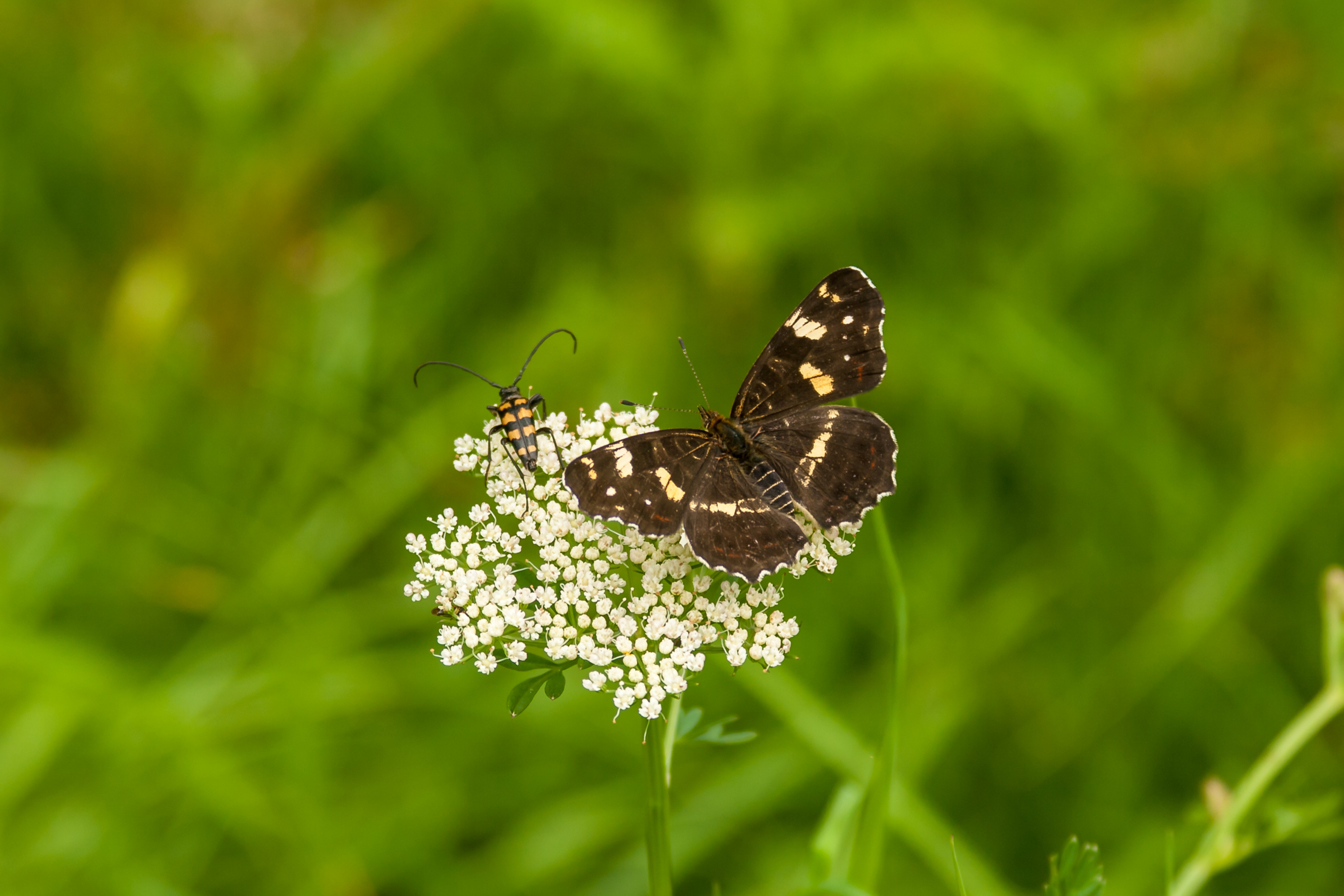
Observations of changes in the abundance of one group of insects tell very little about how other insect species behave, even in the same ecosystem. Different groups of insects may show similar trends in one location, but different trends in other locations. These are the results of a new meta-analysis of years of insect data from more than 900 localities around the world. The study, published in Biology Letters, was conducted by a team of researchers from the German Center for Integrative Biodiversity Research (iDiv), Martin Luther University of Halle-Wittenberg, Friedrich Schiller University Jena, the Helmholtz Center for Ecological Research and the A.N. Severtsov Institute of Ecology and Evolution RAS. It highlights the importance of monitoring multiple species simultaneously to provide guidelines for insect conservation policy.
Insect declines became the subject of global debate in 2017 when scientists reported a loss of three-quarters of the biomass of flying insects from West German nature reserves in 30 years, showing a trend of general decrease in insect biomass around the world. Since then, many studies have appeared from around the world, often showing significant declines in numbers, giving rise to hundreds of popular papers on the problem of insect decline.
Since 2018, a team of scientists led by iDiv has been maintaining and analyzing a database of studies from around the world that have tracked the abundance of different groups of insects over several years. This group is headed by Dr. Ruhl van Klink. “The fact that such recessions were happening right under our noses, but no one saw that this phenomenon was happening in many places, is quite alarming,” says van Klink. "It shows how important it is to look after the environment." But keeping track of the insects is difficult due to their small size and wide variety. Only in Germany there are at least 30,000 species of insects. Most monitoring programs study only one group of insects, but no one has investigated whether the condition of the studied group tells us anything about the welfare of other insects.
In the new publication, van Klink and his colleagues wanted to know if changes in one group of insects could predict changes in other groups. For example, if the number of butterflies is declining, does this mean that the number of beetles, flies, and bees is also declining? When changes in one group of species can predict changes in other groups, they can be used as indicators, which would be useful because then all insect species would not need to be tracked. If so, it would give scientists and policymakers an easy way to use information about one group of insects to draw conclusions and recommendations about all insects.
However, van Klink and colleagues found little evidence for indicator species in their analysis. The abundance of different species groups showed different trends. “Trends among beetles and butterflies were the most similar, often increasing or decreasing together, but even the correlation was pretty bad,” says van Klink.
Overall, the results of this study highlight the fact that insects are not a homogeneous group of organisms, and not all of them show dramatic declines worldwide, as some headlines would lead us to believe. “Nature is not as simple as we would like,” adds van Klink. He continues: “Without a doubt, humans are having an unprecedented impact on the natural world around us, and our job is to find out exactly how, why, and where these changes occur, as well as for which insect species.” The scientists hope their work highlights the need to track and better understand changes in the abundance of a wide range of insect groups over time. We cannot simply observe one group of insects and assume that it is indicative of similar changes in all groups. We need to carefully observe more species.
van Klink, R., Bowler, D. E., Gongalsky, K. B., Chase, J. M. (2022). Long-term abundance trends of insect taxa are only weakly correlated. biology letters. DOI: 10.1098/rsbl.2021.0554
Photo caption:
Different groups of insects, such as beetles and butterflies, may show similar abundance trends in one location but different trends in other locations. In the photo, a longhorn beetle (Leptura quadrifasciata) and a variegated wing (Araschnia levana).
Photo: Oliver Thier
